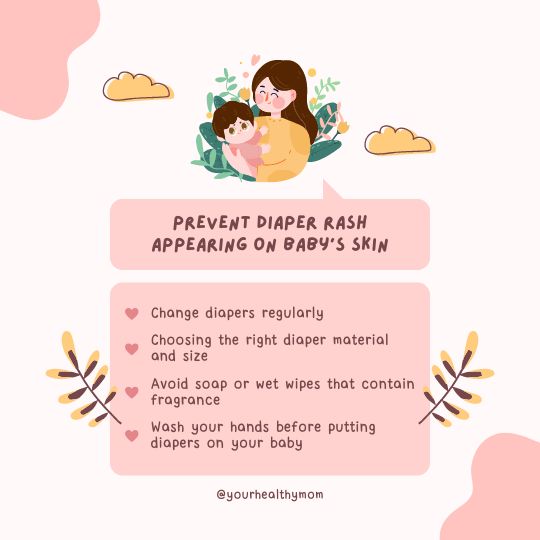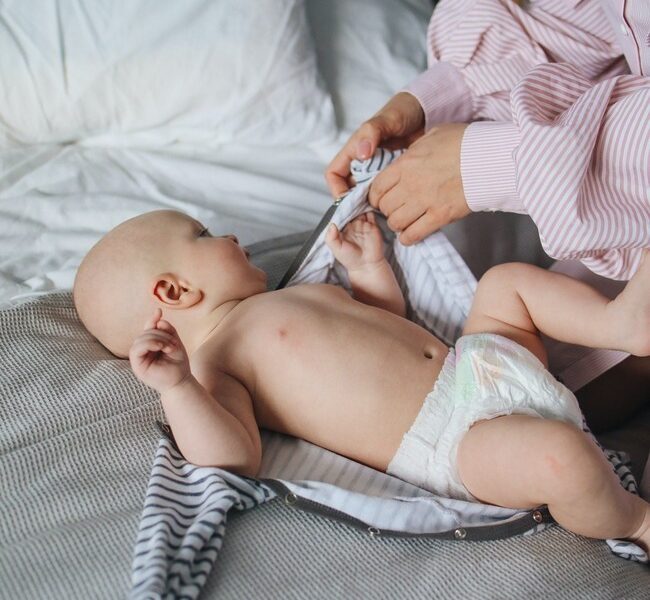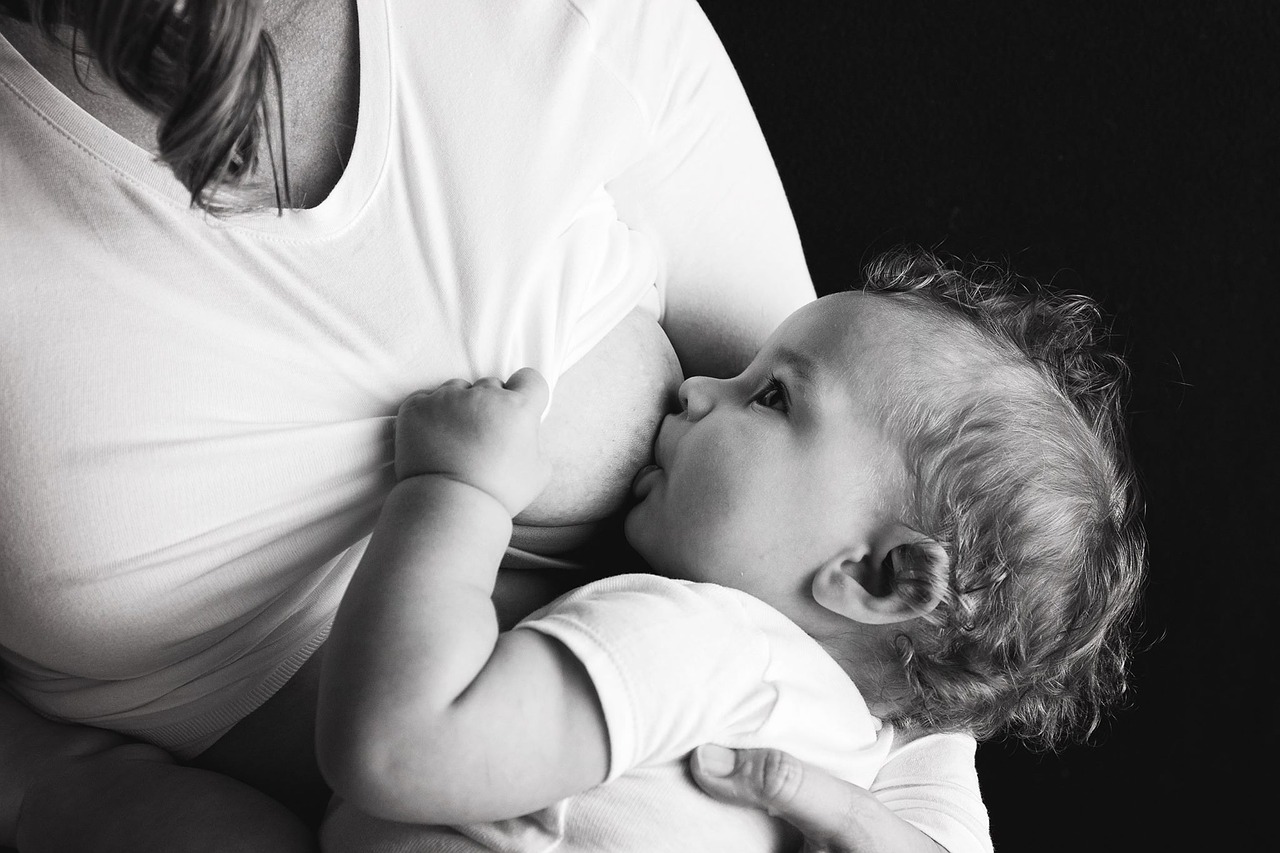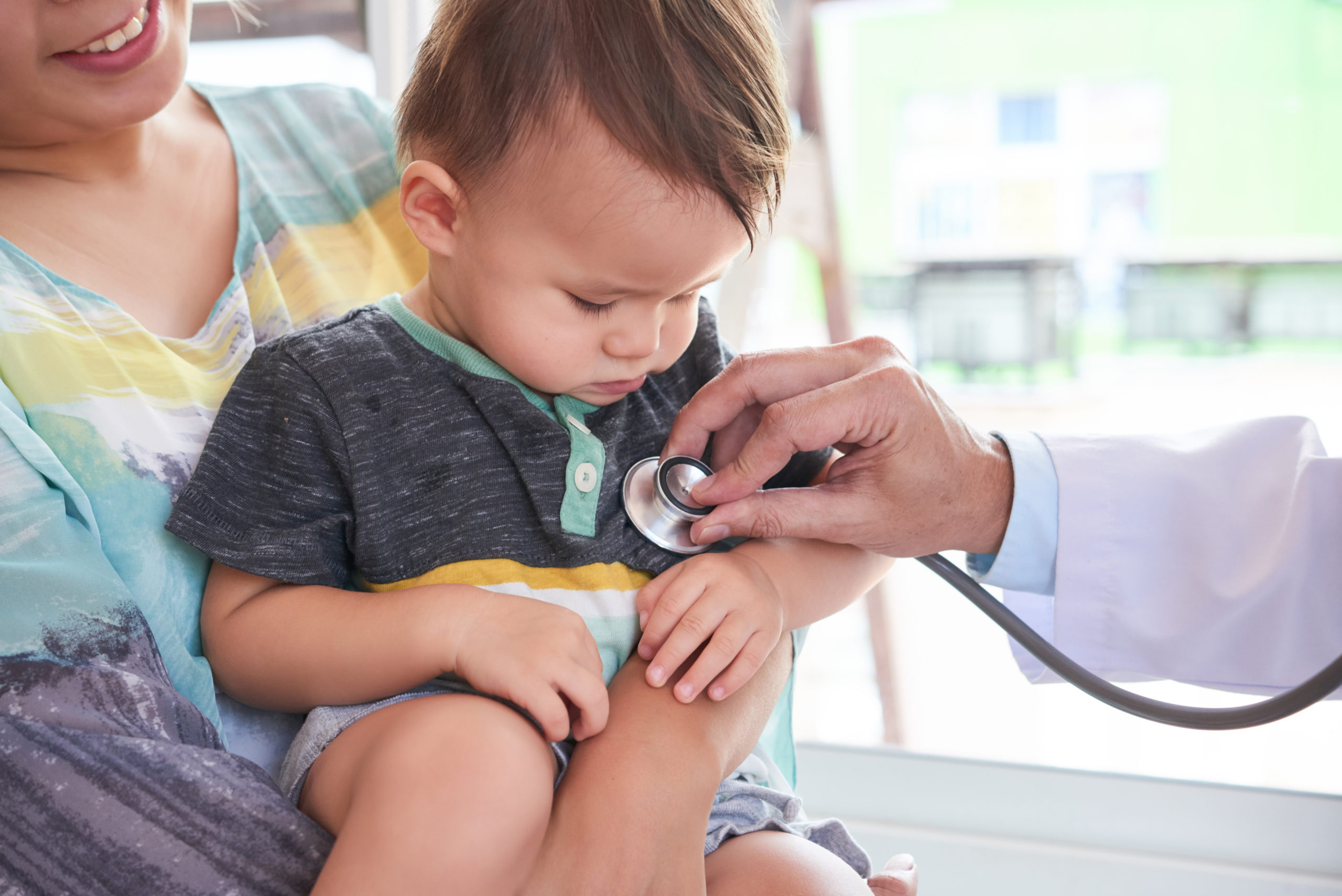Table of Contents
What is Diaper Rash
A mother needs to take care of many things while taking care of a newborn baby. Babies and young children who wear diapers frequently can have diaper rash. Diaper rash is itchy, red, blistering skin that typically appears on the buttocks, vaginal area, and upper thighs. These rashes can be prevented and there are many home remedies available to treat diaper rash and sooth babies.
Diaper rash is a major source of distress for young children, who often get irritable and scratch excessively. As a result, it is essential to identify the root causes of diaper rash before learning about the many available home remedies.
Why do Babies have Diaper Rashes
Diaper rashes occur when your child’s skin is irritated by a combination of wetness and friction. It’s common for a baby’s skin to turn red and inflamed when pee and feces are trapped against the skin in a diaper. This is one of the main reason, although there can be other reasons as well which includes:
Read here about which oil is best for baby massage and benefits of each oil
- Irritated skin from rubbing and chaffing due to diapers.
- Your child has developed an allergy to something that met their skin, such as laundry detergent, bubble bath, wipes, etc.
- Antibiotic-induced response
- A hypersensitive reaction to some foods
Are There Risk Factors for Diaper Rash?
Every child who wears a diaper can develop a diaper rash. However, there can be several reasons for these.
Among these are:
- The Age range of 6-9 months
- Experiencing diarrhea
- Antibiotics usage
- Eating solids for the first time
14 Home Remedies for Handling Them
There are many home remedies available to treat diaper rashes. First gently wash and dry your child’s bottom and then apply any of the following to treat diaper rash. Wait for some time before putting diaper again.
1. Breast Milk
Dabbing breastmilk on a diaper rash can soothe the affected region and is one of the best home remedy for diaper rash. Still, if you’re a breastfeeding mom, you probably already know about the miraculous healing benefits of breastmilk (clogged tear ducts, baby acne, wounds, etc.).
Breast milk has anti-inflammatory and antibacterial qualities and acts as a natural moisturizer.
2. Coconut Oil
The Candida that causes many diaper rashes can be eliminated with the help of this multipurpose Coconut oil’s natural antifungal and antibacterial capabilities. It acts as a barrier between the rash and the diaper, preventing further irritation and reducing inflammation.
Coconut oil is a natural therapy that can be used to reduce diaper rash, and if your kid is not at risk for a coconut allergy, it can be used safely and effectively.
3. Apple Cider Vinegar
Apple cider vinegar is an effective natural remedy for diaper rash brought on by a yeast or fungus infection. This helps to stop the yeast development and the fermented liquid kills the bacteria that cause the rash.
Apply to the diaper rash with a light cloth or your fingertips after diluting apple cider vinegar by the ratio of 1:3, one part vinegar and three parts waters. Because of its drying properties, apple cider vinegar should be used sparingly and only on fungal rashes. Then, use some coconut oil to seal in the moisture.
Read here about how to help babies with Separation anxiety : Signs, Reasons and FAQs
4. Shea Butter
Baby’s skin will benefit from an application of organic Shea butter. Because of its anti-inflammatory characteristics, it is one of the most effective natural treatments for yeast diaper rash.
As a bonus, it also acts as a natural moisturizer and pain reliever. Additionally, this solution will stop it from happening again. To use this tried-and-true home remedy for diaper rash follow the steps below:
Method:
- Use lukewarm water to wash the afflicted area.
- Now, use a soft cloth to dry the injured region.
- Next, rub some shea butter into the affected area to relieve the itching and discomfort.
- The shea butter on your baby’s skin needs time to absorb.
5. Apply a Barrier Cream
Cover the afflicted region with a thin layer of barrier creams such as petroleum jelly, zinc oxide, or diaper rash cream to prevent further irritation.
6. Olive Oil
Olive oil’s anti-inflammatory and antibacterial characteristics can help relieve itching as you cure the rash organically. The nourishing properties of olive oil can also help ease any discomfort caused by the rash.
7. Honey and Chamomile Spray
Honey and chamomile spray can work as wonders on diaper rashes. First make a chamomile tea and let the chamomile tea cool fully, add one teaspoon of raw honey and transfer the mixture to a small spray bottle to use directly on the baby’s bottom for a soothing, all-natural antibacterial spray.
8. Oatmeal Baths
If your infant is experiencing a diaper rash, you can quickly treat it with some oatmeal in their bath water for a great relief.
9. Baking Soda Baths
Baking soda is alkaline and can be a safe and effective natural remedy for diaper rash. Just a teaspoon in their bath water can reduce inflammation and suffering from a rash. After thoroughly cleansing, dry the area and apply moisturizer such as coconut oil or a moisturizing lotion to keep the skin supple.
10. Plain Yogurt
Loaded with probiotics and beneficial bacteria, Yogurt can restore the skin’s natural repair processes. The region will feel better, and your infant will feel better after using this.
Before replacing the diaper, ensure the area has been well-cleaned and dried. Since adding sugar could worsen the rash, plain, unsweetened Yogurt is the best choice here.
11. Cornstarch
Cornstarch is a common kitchen ingredient that can be used in place of baby powder to speed up the healing process of a rash by keeping the skin dry and forming a protective barrier. When your baby’s bum and those adorable rolled-up thighs are more likely to sweat, this will come in handy on hot days.
12. Aloe Vera
Since aloe vera is naturally anti-inflammatory and extremely calming, it is highly recommended as a natural treatment option. It is even incorporated into diapers and wipes in very small amounts.
If you want the maximum health advantages of aloe, you should get it in its most natural form, either straight from the plant or aloe vera juice (not gel). You can increase the efficiency by adding essential oils, such as relaxing lavender.
13. Air and Sunlight
Giving your skin breathing room and fresh air might help it recover naturally, saving you money on costly lotions and potions. As a result, we recommend plenty of time without diapers to treat and avoid diaper rash.
14. Use Some Calendula Cream
Calendula cream’s anti-inflammatory and antifungal qualities make it useful for treating inflammation and help against infection. Spread a small amount of calendula cream on the bruise.
Home Remedies to Prevent Diaper Rashes
Diaper rashes are very common in babies and most of the time they do not contain any risks. Babies with rashes can feel uncomfortable but there are many home remedies to sooth them. There are some tips which you can follow to prevent diaper rashes. Using the following techniques, you can avoid rash triggers and prevent your baby’s bum from this irritating condition.

1. Changing Diaper Brands
Some diapers contain chemicals which may irritate the skin. By switching to a brand of diapers that is hypoallergenic and free of dangerous chemicals like chlorine, phthalates, dioxin, alcohol, latex, and scents, you can quickly solve the issue. Wipes and diapers made of bamboo are excellent sustainable solutions.
2. Invest in Larger Diapers.
If your baby’s diapers are getting tight then you should consider buying 1 size big because a too-tight diaper might irritate the skin. Additionally, don’t tighten the diaper too much; instead, aim for a fit that will contain a mess.
To ensure it’s not on too tightly, use the two-finger test (can you insert two fingers comfortably in the waistband when the diaper is secure?).
Read to know The best age gap between siblings: Pros and cons of each age gap
3. Wipe with Natural Fibers.
Some wipes contain substances that can cause a rash, like diapers. Use wipes that are hypoallergenic, free of irritating chemicals and smells, and contain aloe, like the bamboo wipes from Eco Pea, to reduce this risk.
4. Let the Baby Stay without a Diaper.
If you see the beginnings of a rash on your baby, it’s best to let them go without a diaper for a while because damp areas serve as breeding grounds for the bacteria and yeast that can cause a diaper rash. If the weather is nice, take the baby outside during this time, or let them play on a waterproof mat wrapped in soft material.
5. More Regular Change in Diapers.
By regularly changing your baby’s diaper, you can prevent the presence of moisture that fosters the growth of bacteria and yeast. Their likelihood of getting a diaper rash increases the longer they remain in a damp diaper. Additionally, completely clean all their areas because leftover poop or urine particles may also cause a rash.
6. Keep a Food Diary.
Keep a record of all new foods you give your infant to help you identify the culprits. Your food log could assist you in determining whether the new food you provided them with on Monday and Tuesday caused them to break out in a rash on Wednesday.
Citrus fruits, strawberries, tomatoes, plums, and dairy products are the foods that cause diaper rashes the most frequently.
Keep track of dietary changes if you exclusively breastfeed your baby, keep track of your diet as well because some items that pass through the milk may cause rashes.
When Should I See a doctor for diaper rashes?
Although diaper rashes may appear uncomfortable and itchy, your child won’t likely be bothered by them very often. The only exception is if the rash develops an infection.
A pediatrician should handle the treatment of an infected diaper rash. If you believe the diaper rash on your child is infectious, you should schedule an appointment.
Diaper rash infection signs and symptoms include:
- A diaper region covered in blisters.
- Fever
- Redness
- Swelling
- Fluid draining from the diaper area, such as pus or discharge.
- A rash that does not go away or gets worse despite therapy.
The rash on your newborn may also progress to candidiasis, a secondary yeast or fungal infection. It can be raw and brilliant red.
It can occasionally be discovered in the folds of the skin, with red rash areas on the thighs or belly that are not in the diaper area.
If you notice these symptoms, seek a help from your physician or nurse. If your doctor suspects your infant has a fungal diaper rash, they may recommend an antifungal cream.
You should also call the pediatrician if your child is uncomfortable or exhibits signs of pain from the diaper rash.





